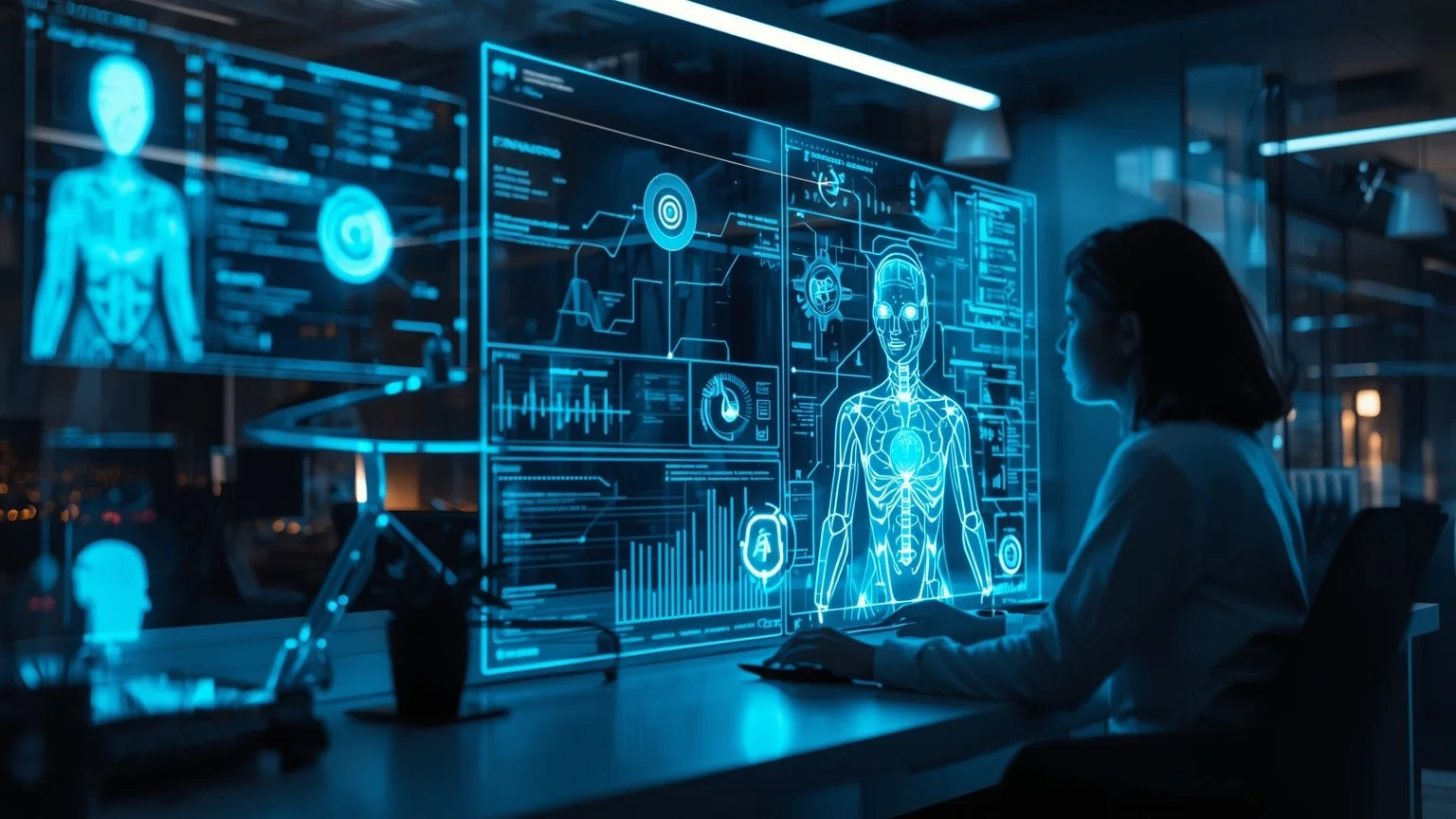How to design the ideal collaboration between people and artificial intelligence
It is necessary to develop procedures that integrate humans and machines in complementary work contexts within a business environment where artificial intelligence changes functions and activities. It is a method that generates interest because it recovers the role of the human being as the central axis of collaboration.
Strategic scenarios that redefine the job
Gartner suggests four contexts of collaboration between humans and artificial intelligence, ranging from tasks in which employees complement what AI cannot perform to transformed scenarios in which individuals and systems combine with advanced creativity. This perspective is captivating as it shows clear models of productive integration. Artificial intelligence changes roles and tasks, so it is essential to develop procedures that incorporate people and machines in complementary work contexts. It is a method that generates interest because it recovers the role of the human being as the central axis of collaboration.
The value of the people-first approach
The secret is to create organizations where AI enhances human skills, not replaces them. This approach requires redesigning roles and processes so that technology complements human judgment, creativity and responsibility.
Prioritize the quality of collaboration over mere efficiency: integrate human oversight into critical decisions and design joint workflows.
Invest in continuous training for AI to enhance competencies: critical thinking, interpretation of results and applied ethics.
Create interfaces and roles that preserve human agency, with the ability to adjust, veto and provide creative input.
Establish metrics and policies that evaluate the impact on well-being and autonomy, not just productivity.
Call to action for visionary leaders
Entities must be ready to assume any situation, promoting strategic investments that strengthen cooperation and foster flexible procedures. This requires anticipating risks, prioritizing critical capabilities and creating structures that enable rapid and coordinated responses to labor market transformation.
Develop sustainable models of collaboration: public-private partnerships, inter-institutional networks and long-term agreements to share resources and knowledge.
Focus on technology and continuous training: digital platforms, automation and upskilling/reskilling programs to maintain employability.
Implement flexible procedures and agile governance: decentralized decision making, adaptive protocols and contingency plans.
Measure and adjust with continuous evaluation: impact indicators, periodic reviews and feedback from employees and partners to ensure resilience.
This strategic design model motivates specific actions that seek to balance technological innovation with the inherent value of human participation. New lines of work are emerging in which AI strengthens, rather than substitutes, with more sustainable and humane results.






